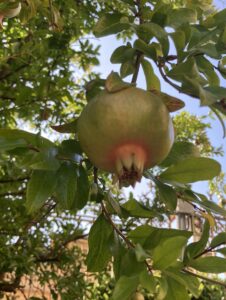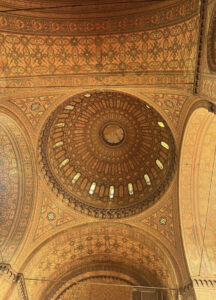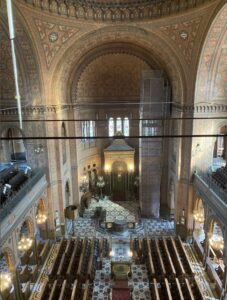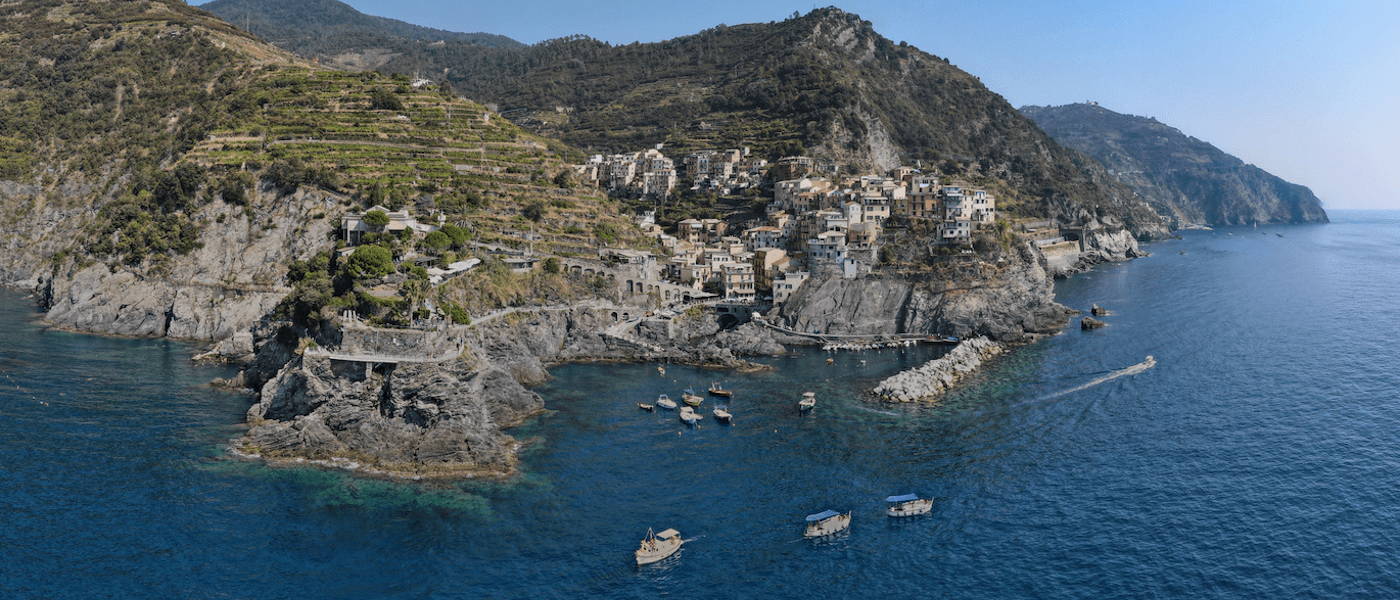
Pomegranates in the garden outside the temple
While in Florence on my three week study abroad trip, my Art History class took me to “The Great Synagogue of Florence” or Tempio Maggiore. The Synagogue was easily my favorite place I went to in Florence, not only because of its stunning architecture and grand interior, but because of its story. Built by architects Mariano Falcini and Viscianzo Michelli in 1874 and 1882, the temple is built in a “Moorish” style, deemed appropriate because that style had never been used for a church. The temple is a Sefardic temple, and the interior decoration is meant to remind visitors of the origin of Sefardic judaism in Spain. The dome of the temple is a bright oxidized copper, meant to stand out against the terracotta roofs of Florence.
During World War ll the Nazi’s occupied the temple and used it as a garage. When they didn’t have use for it anymore, the Nazi troops collaborated with Italian Fascists to destroy the temple, only to have opposing Italian troops defuse the explosives. The explosives only knocked out four pillars, which weren’t foundational and only a limited amount of damage was done. After the war, the temple was restored fully. In 1966 the flood damaged much of the paint that decorated the walls and it had to be carefully copied in order to preserve the original pattern.

Roof of the Temple
The temple is still in full use today, but there is also a museum upstairs that is open to the public, housing historical books, clothing, and other religious items associated with the Synagogue. There is also a room dedicated to the people who attended the temple who were victims of the holocaust. In the room the walls outline their stories with photos and documents related to them.
During my visit I was struck by how little people were in the Synagogue. Although it isn’t exactly a place of pilgrimage, its sheer grandeur and elegance, paired with a deeply moving story rival the churches of Florence. I was amazed at the story preservation of this temple, and its survival throughout WWII. Lastly, the garden that surrounds this temple grows beautiful pomegranate trees, which made me think about the Greek myth of Persephone, the goddess of spring who is trapped in the underworld. Perhaps a metaphor about the survival of such a beautiful place amidst destruction? I think it speaks for itself however, without needing any precursor, it is just absolutely a must-see.

View from the balcony
Written by: Tuuli. Pre-College Program student in Florence.


Comments
No comments yet